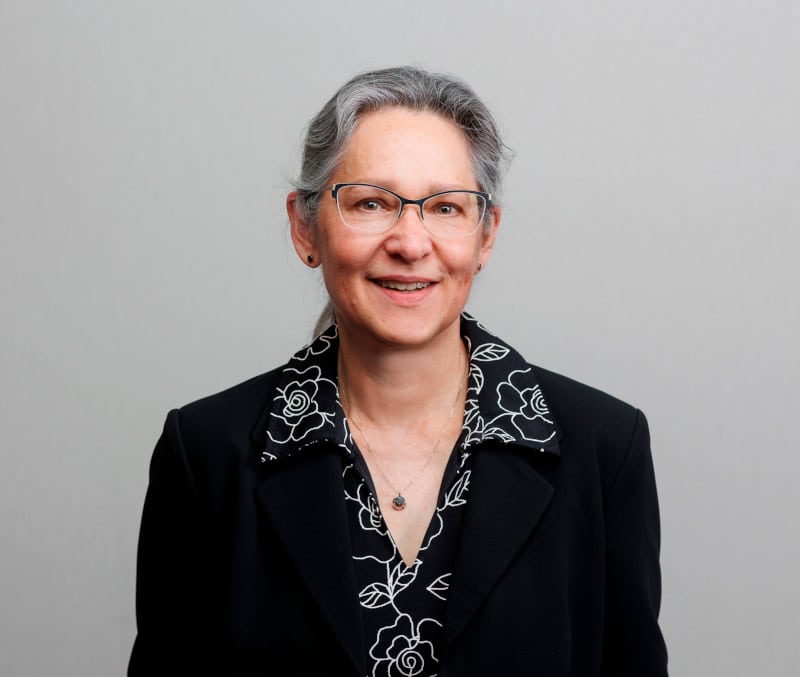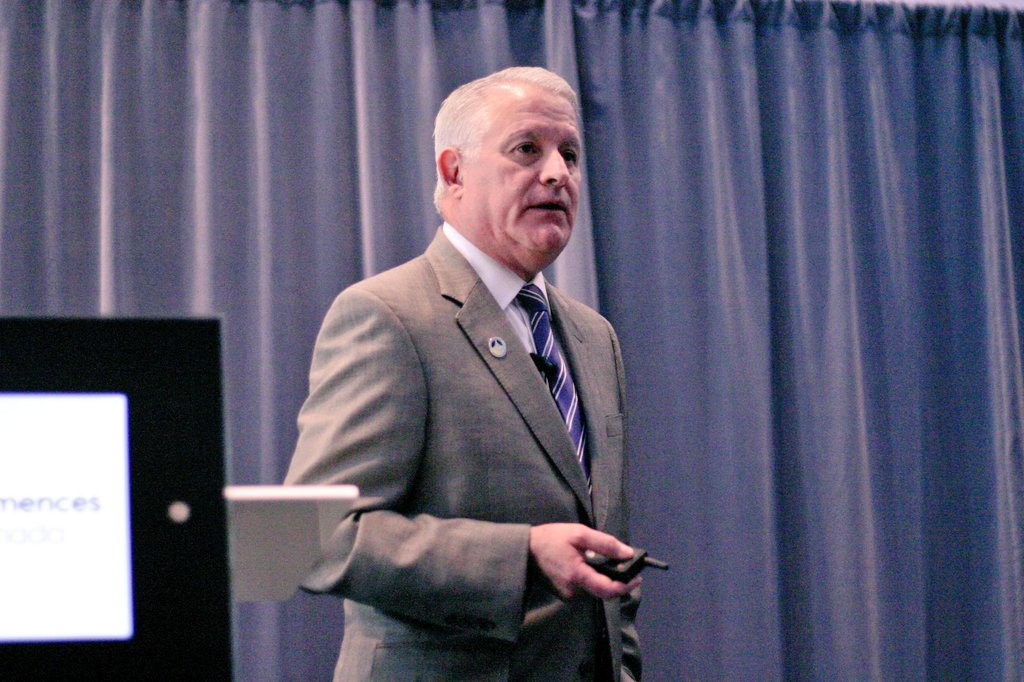After a five-year hiatus, I’m pleased to be back working on a seed-related project. I was recently recruited by Seeds Canada to flesh out its Independent Standards Setting Body (ISSB) concept as Canada’s seed community moves into a new phase of the Seed Regulatory Modernization (SRM) process.
The first point I like to stress is the fact that I am an independent consultant. This independence is crucial as we continue on the journey to redefine the landscape of seed regulation. With over 30 years in agriculture, including 11 years in the seed industry, I bring a wealth of experience combined with a fresh perspective. Having stepped away from seed for the past half-decade — and not having lived and breathed these issues during that time — I’m able to look at things from an independent perspective.
The opportunity to contribute to the development of the advisory body concept, building on the work initiated at the Seed Summit meetings in early 2022, is something I find both challenging and exciting.
Seeds play a fundamental role in agriculture, and as we witness constant evolution in technology, market dynamics, and sustainability requirements, the need for an adaptable advisory body becomes increasingly apparent.
My approach to this project involves in-depth, one-on-one discussions with a diverse range of stakeholders, including individuals, representatives of organizations, companies, and government departments, including the Canadian Food Inspection Agency. Transparency, inclusivity, and representation are key principles guiding this initiative.
While Seeds Canada sponsors this project, it is not limited to Seeds Canada members. Engaging with a broad spectrum of voices will ensure a comprehensive and effective advisory body.
One of the pivotal aspects of this project is developing a model that addresses key questions related to mandate, scope, structure and governance.
What should the scope be? How broad or narrow? These are not simple questions, and the answers will almost certainly vary. As I engage with different perspectives, my aim is to gather insights that will help flesh out the concept of an advisory body — including the most appropriate name for it — and the potential benefits it could have for the seed sector.
Additionally, I will be exploring existing advisory bodies in various other sectors, seeking input on their effectiveness. What works, what doesn’t, and how can we incorporate successful elements into the development of an ISSB model? This comparative analysis will enrich our understanding and guide us toward creating an effective advisory body tailored to the unique challenges of seed regulation.
Another critical aspect of the project involves identifying gaps in understanding the regulatory landscape within the seed sector. By addressing these gaps, we can ensure that everyone involved comprehends their responsibilities and how the regulatory framework functions. This examination will contribute to the overall effectiveness of the advisory body.
As I embark on this journey, I am aware that not everyone may support the advisory body concept. I am eager to engage with those holding differing opinions, to understand the basis for their positions. Constructive dialogue is essential for refining our approach and ensuring that the advisory body we propose is robust and widely accepted.
This project represents an exciting opportunity to shape the future of Canada’s seed system. With a commitment to transparency, inclusivity, and a thorough understanding of the industry’s needs, I look forward to working collaboratively to fully develop and recommend a model that will stand the test of time.
I welcome any questions or comments and am enthusiastic about the collective effort to advance this initiative. Email me and let’s have a conversation.












